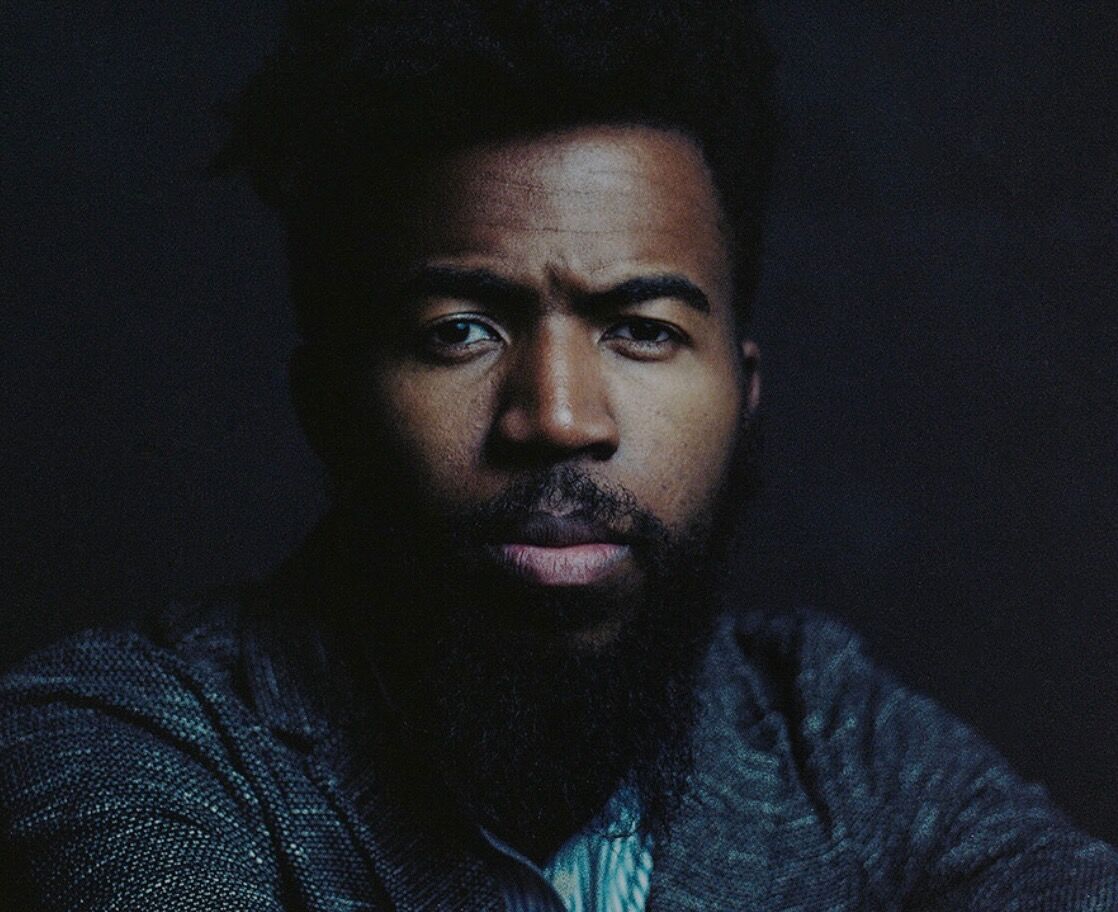In dreams, I am the emperor of ice: a thousand white
wolves galloping through wave after wave of snowfall,
its shards like diamonds the size of dice. The dogs
are without names in this vision; almost imperceptible
against the silver landscape, but I call to them now, one
by one to fill the dark, my feet scaling mountains
without touching them. Ascending, I see Matthew Henson,
who once cut a figure in church calendars and hardback
children’s books like no other, powder-flecked fur a halo
around his face. Unsmiling always; stalwart; an explorer
beyond the need for language or backstory, it seemed,
as if he had emerged in totality from some floe in the middle
of Antarctica, the first black man to hold the North Pole
in his glare, designed for the glory and dangers of life
below zero. The second was Herbert Frisby: biologist,
educator, Alaskan correspondent for the Baltimore
Afro-American, tracking meticulously all that called
to him from within the polar vastness.
It was Frisby who fought for years to see Henson credited
with discovering the North Pole in 1909, back when he
was still a college student at Howard, living in the lab, yet
to make his twenty-six trips to the Arctic, fly over the apex
of the known world, meet the President, chronicle atomic
testing on Amchitka Island, teach children for decades
to cast their looking toward the unseen, whether microscopic, or
blanketed by winter, or obscured from the record until one dares
to inscribe the names of our champions into the grand American
Mythos with exactitude and grace, and thus catalog their footprints
in the mud, and the grass, and the snow of History, refusing to
relinquish what we are everywhere assailed for remembering.
